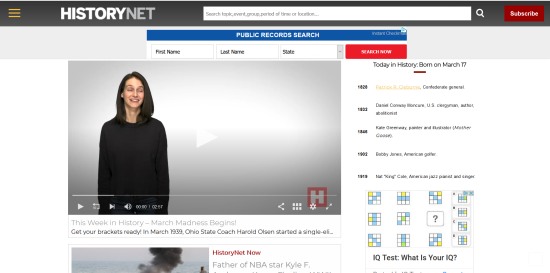Tools, Adhesives, etc.
- a pin-vice and the finest drill bit I can find; and another bit suitable for drilling out the holes for the masts if necessary
- Superglue in both liquid and gel forms
- the ratline mesh supplied by Langton Miniatures
- for rigging, I combine one hobby with another, and use trout fly-tying silks in brown and buff. I must emphasise that I use silks and not floss, which is much thicker. I use the dubbing needle and the fine-nosed tweezers from my fly-tying kit, too.
- A modelling knife, a pair of sharp-pointed scissors for trimming the silks, a larger pair for cutting the ratline mesh, and a small file complete the toolkit
The Kit
The hull and sails are well cast, and very little cleaning is required. It is a good idea to make sure that the masts fit into the holes drilled in the decks before either of them are painted. If the holes are not deep enough, they can be drilled out. If the bases of the masts are a little too thick - as they often are - then a quick scrape with a file or modelling knife will quickly reduce their diameter.
First, I undercoat the model with the thinnest coat of white paint that I possibly can, at the same time as making sure that the model is completely covered.
I paint the hull in detail with suitable acrylic paints. Black tones shaded with grey look very harsh to me, so I mix black with a dark blue, and shade with a little white. I feel this gives a better tone than black alone. For white strakes, I paint a base of a mid-grey, and shade to white highlights. For buff strakes, I use a base of a medium leather, shading with yellow and white to highlight. The amount of highlighting on both the black and buff areas is entirely according to personal taste, as even fresh paintwork could quickly look washed out and faded after a short time at sea.
Deck planking is another matter of personal taste. I prefer to use a pale buff colour, which I then wash over with Games Workshop Flesh Wash ink. When this is dry, I lightly drybrush again with buff, and then with buff mixed with white.
A nondescript grey is a good choice for the hammock nettings and for the deck guns, a suitable buff for the carriages, and black with dabs of grey on the barrels.
It is best to assemble and paint the bowsprit, masts, and sails before fitting to the hull. For the masts, I use the same colour as I use on the ship's decking, either washed with ink again, or left in the pale-buff finish. On the white undercoat of the sails, I wash a very thin mix of black and a yellowish leather colour, then I drybrush in white. Once again, the amount of white drybrushed onto the sails is a matter of personal preference. Where reefings are cast onto the sails, I pick these out with a pale buff colour.
The hardest part of all is rigging the vessel. Given the small size of the model, a simplified rigging pattern is necessary. It is best to have a clear plan in mind before making a start on this part of the work. Study pictures of either actual ships or models of them, and decide what rigging you need, and what can be left out without spoiling the overall effect.
Standing rigging is done with the brown silk thread, and the running rigging in a pale or buff thread. To begin with, I tie in place all the rigging down the centreline of the ship, re-inforcing the knots with a dab of superglue.
Superglue anchors the knots and twists of silk, but also makes them very brittle, so take care to use the very minimum. For this, I use my dubbing needle (any sharp-pointed tool or a sewing needle will do). I dip this into the glue and transfer it to the knot.
Next, I cut and glue the ratlines into place. It is better to cut them slightly too long than have them too short. Anchor the bottom of the mesh in place with superglue, then check the length, cut accurately, and glue into place at the top.
I drill small holes in the sides of the ships at suitable places to thread the silk through, and anchor the rest of the rigging as necessary. If the holes are carefully placed, they will hardly be visible on the upper edges of the sides, but they must be carefully drilled so that they are neither too low (which would take them into the body of the ship) nor too high (which would result in just half a hole, and prevent the silk being anchored in place). When the glue is properly dry, the ends of silk can be trimmed with a pair of fine-pointed scissors or a sharp modelling knife.














